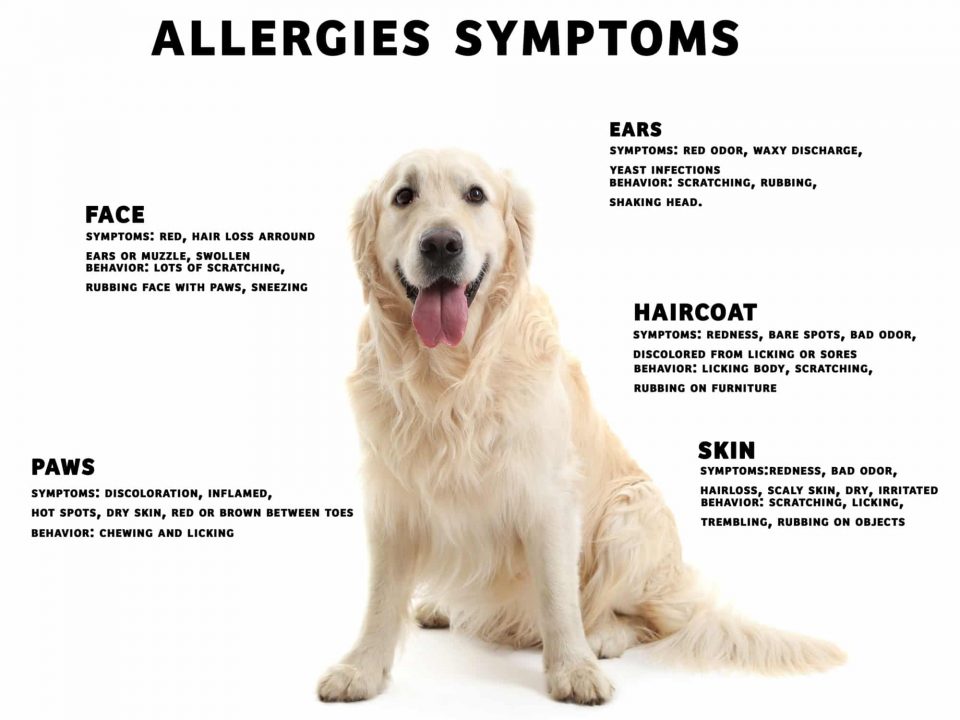- Mobile Veterinary:
- (403) 888-1744
Ice and Paw Prints: Navigating Common Winter Hazards for Pets

Winter Pet Safety Tips: How to Keep Your Furry Friends Warm and Cozy
16 November 2023Driving Convenience in Pet Care: The Journey of Dr. Wendy’s Mobile Vet Services
17 January 2024Ice and Paw Prints: Navigating Common Winter Hazards for Pets
As winter blankets the world in a shimmering coat of snow and ice, our pets often find themselves navigating a challenging landscape. Dr. Wendy, a seasoned mobile veterinarian, sheds light on the common hazards our furry friends face during the winter months. From icy surfaces to chilly temperatures, understanding these risks is crucial for ensuring our pets’ well-being.
The Perils of Icy Surfaces:
Winter transforms sidewalks and streets into treacherous terrain for both humans and their pets. Dr. Wendy emphasizes the dangers of icy surfaces, especially for dogs with delicate paws. Ice can cause slips and falls, leading to injuries such as sprains or fractures. To mitigate these risks, she suggests using pet-safe ice melt products on walkways and investing in non-slip booties for added paw protection.
Frosty Temperatures and Hypothermia:
While some dog breeds are well-equipped for cold climates, others may struggle to stay warm during winter walks. Dr. Wendy advises pet owners to be mindful of the temperature and duration of outdoor activities. Prolonged exposure to freezing temperatures can result in hypothermia, a serious condition that requires immediate attention. Doggy sweaters or jackets can provide additional insulation for breeds that are less tolerant of the cold.
Antifreeze Poisoning:
Winter brings with it the need for antifreeze in vehicles, a substance known for its sweet taste that can be enticing to pets. Dr. Wendy warns of the dangers of antifreeze poisoning, which can be fatal if not treated promptly. To prevent accidental ingestion, she recommends checking for leaks in vehicles, storing antifreeze containers out of reach, and opting for pet-friendly alternatives whenever possible.
IV. Deicing Chemicals and Paw Health:
Deicing chemicals, while essential for maintaining safe pathways, can pose a threat to our pets’ paw health. Dr. Wendy suggests rinsing off paws after walks to remove any residue, as these chemicals may cause irritation or chemical burns. Additionally, moisturizing paw balms can help combat dryness and protect against the harsh effects of winter weather.
Seasonal Plants and Toxicity:
The winter season often brings festive decorations, including plants that may be harmful to pets. Dr. Wendy highlights common winter plants such as holly, mistletoe, and poinsettias, which can be toxic if ingested. Pet owners should familiarize themselves with potential dangers and keep these decorations out of reach or opt for pet-friendly alternatives to ensure a safe holiday season.
Increased Risk of Parasites:
Contrary to popular belief, parasites aren’t exclusive to warmer months. Dr. Wendy emphasizes that winter does not eliminate the risk of parasites such as fleas and ticks. In fact, these pests may seek warmth in our homes and latch onto unsuspecting pets. Maintaining year-round parasite prevention is crucial for safeguarding pets against infestations and related health issues.
Indoor Air Quality and Hydration:
As pet owners strive to create a cozy indoor environment during winter, Dr. Wendy reminds us of the importance of indoor air quality and hydration. Central heating systems can lead to dry air, affecting both humans and pets. Providing ample water and considering the use of humidifiers can help combat the potential negative effects of dry indoor air on our pets’ respiratory health.
As winter wraps its icy embrace around us, Dr. Wendy’s insights serve as a valuable guide for pet owners navigating the seasonal hazards that pose risks to their beloved companions. From icy surfaces to toxic plants, being proactive in safeguarding our pets ensures they can enjoy the winter wonderland with joy and good health. By implementing these preventive measures, we can celebrate the season with our furry friends while keeping them safe from the frosty challenges that winter brings.



